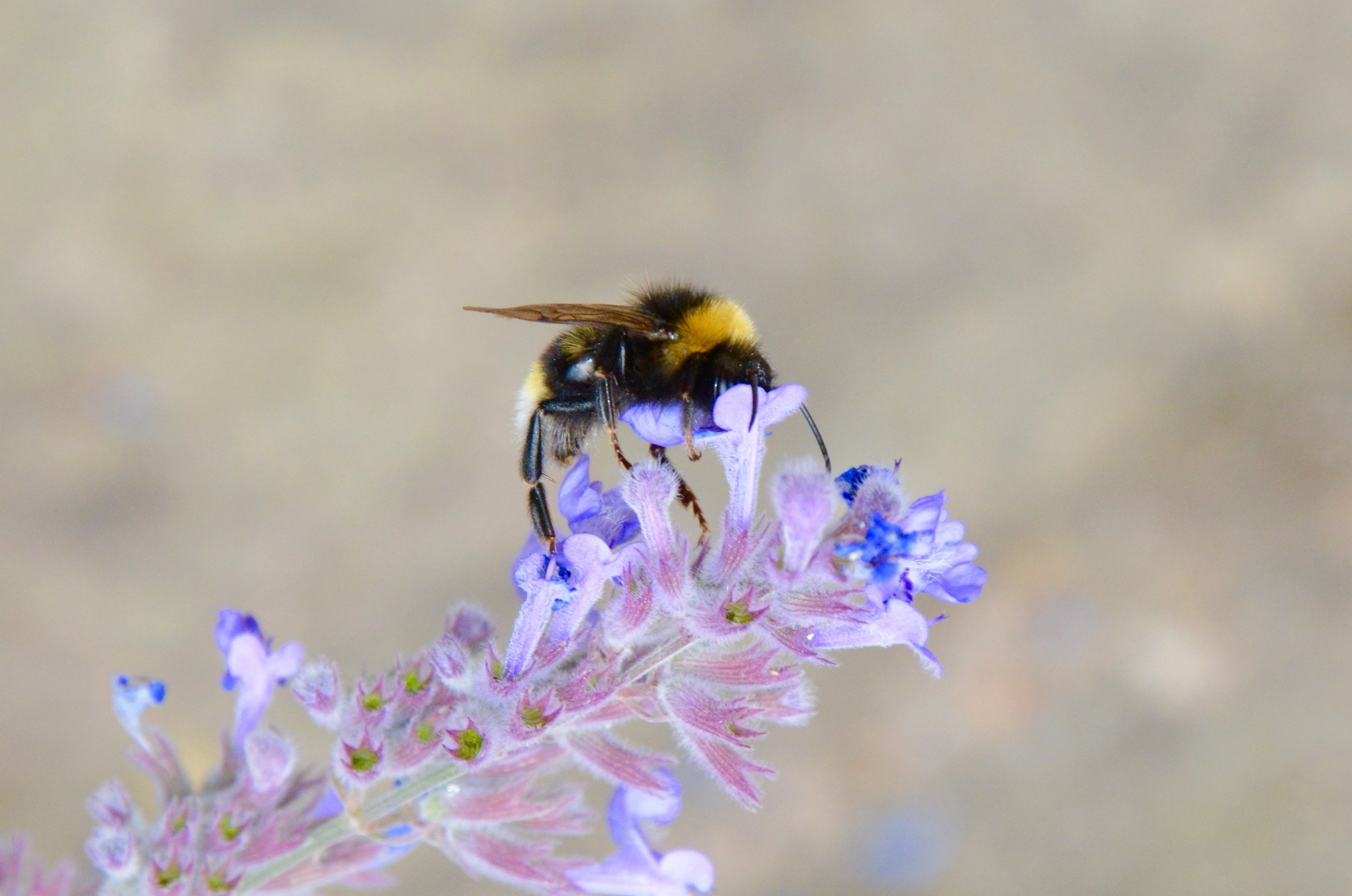Bumblebees are vanishing from huge swaths of their historic range, particularly in regions that have gotten really hot in recent years. And they’re not mass migrating into cooler areas, raising troubling questions about the resilience of these crucial plant pollinators in a rapidly warming world.
Local extinctions: By comparing records for 66 bee species across two periods—1901–1974 and 2000–2014—researchers found that the probability of bees still occupying any given site fell 46% in North America and 17% in Europe, according to a new study in Science. “If declines continue at this pace, many of these species could vanish forever within a few decades,” lead author Peter Soroye, a doctoral student at the University of Ottawa, said in a statement.
The driver: The major factors appeared to be how often and by how much temperatures exceeded historically observed limits for these species. Indeed, the frequency of extreme heat waves seems to matter more than increases in average temperatures. Other scientists have argued that diseases, parasites, pesticides, and habitat loss are also factors, potentially creating “combined stress” that’s driving the die-off of bees around the globe.
Don’t settle for half the story.
Get paywall-free access to technology news for the here and now.
